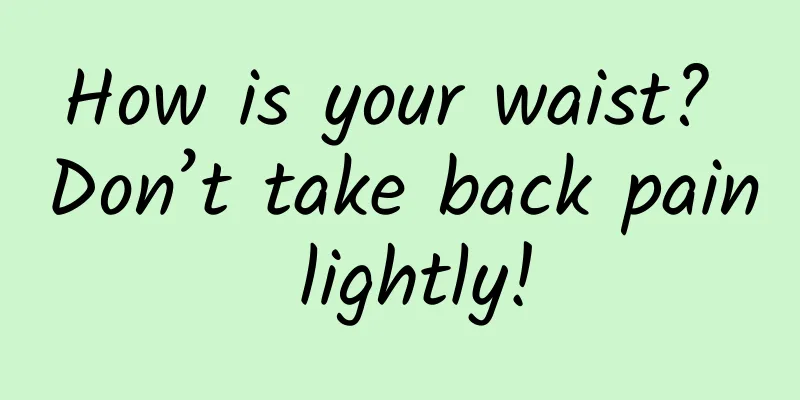Bladder location diagram for women

|
People may not pay much attention to the bladder, but in fact its function is very important. We use it to store and excrete urine. It is a supporting sac-shaped organ. Its shape, size, and position vary, mainly depending on how much urine it holds. Generally speaking, the bladder capacity of an adult can reach 500ml. If the urine exceeds 500ml, we will feel bladder pain. Women's bladder capacity is smaller than men's. Many people don't know where the bladder is. Let's understand it clearly below. The bladder is located in the lower abdomen of the human body. It is connected to the kidneys on both sides at the top and the urethra at the bottom. The bladder is located approximately at the junction of the bladder and the urethra, and can control the secretion of urine. When there is no urine, the bladder is on the front of the pelvis and cannot be touched. As it fills with urine, it rapidly expands and rises to the level of the ischial tuberosity, where it can be touched with force. The baby's bladder is in the abdomen and slowly moves down to the pelvis until the baby is about 6 years old. A woman's bladder is also located within the pelvis. Located in front of the pelvis, with the ischial tuberosity in front, the uterus and vagina behind, and the bladder neck connected to the urogenital diaphragm below. The bladder is covered with the retroperitoneum. When the bladder is empty of urine, the tip does not exceed the upper edge of the ischial tuberosity. When the bladder is full of urine, the tip rises to the top of the ischial tuberosity, and the anterior abdominal cavity expands toward the retroperitoneum of the bladder. Our bladder is mainly used to store and excrete urine. Urine is produced in the kidneys and then transmitted to the bladder through the urethra. When the urine in the bladder exceeds 300ml, the bladder air pressure increases to about 60-70cm of water, triggering a nerve reflex, the urethral sphincter opens, and urination begins. After each urination, the bladder is not completely emptied, and there is usually some urine residue. The residual urine is related to the bladder function. An increase in the amount of residual urine can easily lead to urethral infection. If bladder symptoms occur, it can cause serious adverse effects. Cystitis is a common disease among women, characterized by frequent urination, urgent and painful urination, lower back pain, lower abdominal discomfort, hematuria and other symptoms. It can be diagnosed through routine urine tests. It can usually be cured if it is treated with antibiotics in time. Through the introduction, we know the location of the female bladder, and we also know that the bladder is very important, so we must pay attention to prevent it from having symptoms. Female friends are most likely to suffer from cystitis, so we must be especially careful. When there is an abnormality in urine or urination and urine storage, it may be a problem with the bladder. Go to the hospital in time for early diagnosis, early detection and early treatment. |
<<: Tea for women during menopause
>>: Bladder location diagram for women
Recommend
What are the misunderstandings about maternal nutrition?
Everyone knows that a woman is extremely weak aft...
How long does it take to do a NT scan?
After a woman becomes pregnant, she needs to have...
Eight benefits of eating honey for women
Pure honey is made from plant nectar collected by...
How mature should the placenta be?
Whether the placenta is mature or not has a great...
What causes chest itching?
Itchy breasts make many women worry. In fact, itc...
GlobalWebIndex: Google+ has 360 million active users in May 2013
On the evening of May 1, 2013, the latest report ...
Relieve spleen and stomach deficiency! How does the lifestyle of young people affect your digestive system?
Spleen and stomach deficiency, the "invisibl...
How to remedy cold joints during confinement?
Women are very weak during the confinement period...
Are birth control pills really effective?
There are many common contraceptive measures in o...
Yellow vaginal discharge at 12 weeks of pregnancy
Abnormal vaginal discharge is a problem that many...
What are the precautions after removing the ring? Six things you must know!
Women who have given birth have installed IUDs fo...
What are the topical ointments for breast hyperplasia?
Breast hyperplasia is a common disease in clinica...
Stop playing with your phone before bed, or you might actually go blind! Beware of this disease →
What is your bedtime ritual? Many people may lie ...
How to eliminate large lumps caused by mastitis
Mastitis causes lumps, which is a common symptom ...









